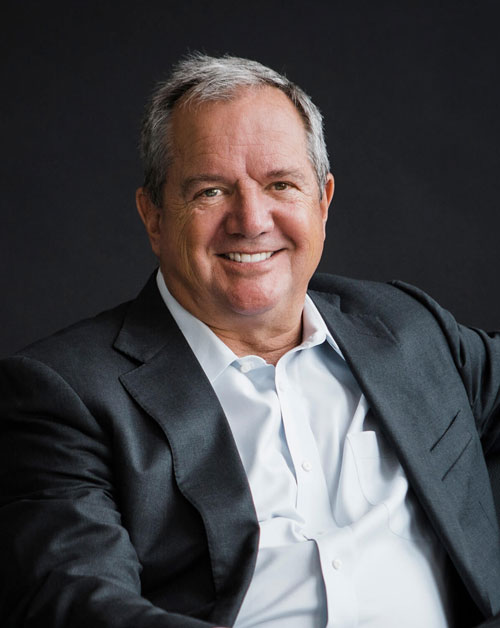


A.M. - Art of Treatment Planning and Case Acceptance
Treatment planning and case acceptance are the primary elements that drive a dental practice, without them the clinician will not be doing much dentistry. Said differently, you can learn how to do the perfect tooth preparation, implant, endo, etc., but if you can't treatment plan, and get the treatment accepted, you won't be doing any of those procedures.
This presentation will cover several aspects of the treatment planning and case acceptance process, this will include the process of Filtering, which is learning how to align the experience you create for your patients with what they are expecting, leading to a much less stressful presentation process. A specific model of the communication style used in the case presentation will also be covered
In addition, the concept of using Decision Trees will be covered. Decision trees are road maps of the different treatment options, and what needs to be evaluated to choose an appropriate option for a specific problem. The presentation will cover decision trees on tooth position, gingival levels, and tooth replacement.
P.M. - Demystifying Occlusion
Without question occlusion has been one of the most confusing and overwhelming disciplines dentistry. The solution from a historical viewpoint has been to create rigid dogmatic approaches that have preached, if you do it my way, you will be successful, yet every one of those dogmas has had failures.
The good news is there has been a shift in our knowledge base about occlusion, the shift has led to different methods of thinking about and addressing occlusion, from both a diagnostic and treatment perspective. A major part of that shift has been to move away from the occlusion being the etiologic agent in muscle hyperactivity and occlusal destruction, to considering the development of the occlusion in a way that survives the patient's muscle activity levels.
In spite of our improved levels of knowledge about occlusion, there are still patients who present with high levels of occlusal risk. An example would be the patient you prepare a single molar crown on, reducing the preparation to create 1.5 to 2mm of occlusal clearance, only to discover when making the temporary the clearance is gone. Or the patient following a simple restoration or extraction who says their bite no longer fits.
This presentation will cover how to identifythese at risk patients in advance, and what options to exist to minimize the risk of treatment, in addition the role different occlusal appliances play during treatment will be reviewed. In addition, developing an occlusion for patients withhigh levels of muscle activity will be covered.
About the Speaker
Having completed both his dental degree at Baltimore College of Dental Surgery, University of Maryland and post-graduate GPR program in Advanced General Dentistry at Prince George's General Hospital in Cheverly, Maryland, Finlay began a private practice of his own in Annapolis, Maryland with a special interest in comprehensive cosmetic and restorative dentistry. You can learn more about his practice at AnnapolisDentistdds.com
During his career, Finlay was elected to the American Board of Cosmetic Dentistry, the credentialing of the American Academy of Cosmetic Dentistry (AACD). He was also a contributing editor for the "Examiners Perspective" for the Journal. Finlay has achieved remarkable awards during his career. He is an Accredited Fellow of the American Academy of Cosmetic Dentistry and Fellow of the Academy of General Dentistry.